Fences
Today, let's jump a fence. The University of Houston's College of Engineering presents this series about the machines that make our civilization run, and the people whose ingenuity created them.
"Why don't you talk about fences," says my wife. Fences? What's to say about fences, I wonder? So I try Wikipedia and, immediately, a red flag goes up. For it begins by listing purposes a fence might serve: a wall for livestock, means for claiming privacy, a temporary barrier to protect the public, security against theft or wandering children and pets, decorative landscaping -- identifying where my property ends and yours begins.
What a strange mélange of function and form! Maybe there's more function to mere form than we realize. Isn't that Robert Frost's point in his Mending Wall poem? We stay good neighbors by setting up reasonable, but surmountable, boundaries.
No wall, no fence, is insurmountable. Fences are symbolic. People got around the Berlin Wall while it still stood. And, when travel restrictions between East and West Germany were finally lifted in 1989, the East Germans didn't begin dismantling the wall for another seven months. The Great Wall of China was only as strong a barrier as the Dynasties behind it.
Germany made short shrift of France's mighty Maginot Line in 1940. They flew over it, breached it, went around it. Yet the very weakness of fences can be bent to advantage. Had the French meant only to buy time by deflecting the German assault up through hapless Belgium? They probably just ran out of money at the Belgian border, but there's another fence scenario for you.
Barriers become metaphors for the very need to overcome them. That's why physicists use fence language when they talk about the escape of an electron from an atom. They say the electron is held in by a potential barrier. One way it can escape the atom is a by a process they call quantum tunneling.
William Faulkner once wrote about the way fences create in us that need to leap over them. "There is something," he said, "about jumping a horse over a fence, something that makes you feel good. Perhaps it's the risk, the gamble. In any event it's a thing I need." Faulker was right. Once the fence exists it must be hurdled. I don't know about you, but I can never look at any fence without weighing means for transgressing it.
It's a mark of our humanity that barriers affect us that way. That's why you and I are compelled to invent things. The classic Greeks viewed contrivances with a deep ambivalence. On the one hand, Plato recognized the making of things as an innate human virtue. On the other hand, the Greeks knew that mechanical inventions were means for tricking nature -- for jumping the fence, for outwitting the enforcement of natural law.
And, right down to this very day, society remains suspicious of people who invent -- who jump fences. Yet, people invent despite that. We do jump fences. We trick nature because we know that we (like Faulkner) will "feel good". We know that it really is the "thing we need to do."
I'm John Lienhard, at the University of Houston, where we're interested in the way inventive minds work.
See the Wikipedia article on Fences: https://en.wikipedia.org/wiki/Fence
Roy Rogers' album: Ride Ranger Ride. 2005, Fabulous Records, Track 19.
The Faulkner quote is from the National Observer, Feb. 3, 1964.
"Something there is that doesn't love a wall" Robert Frost, Mending Wall.
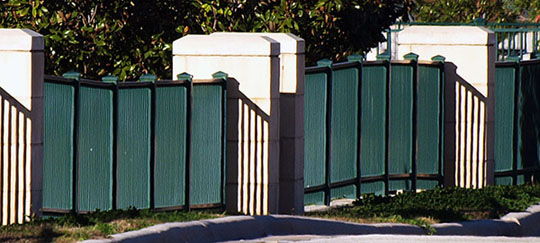
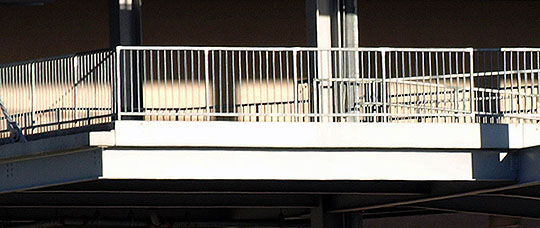
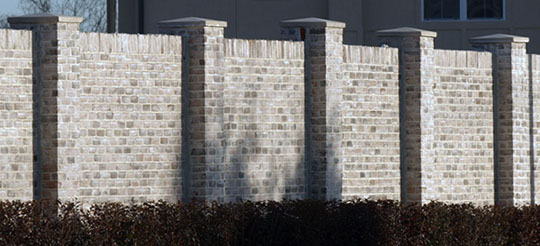
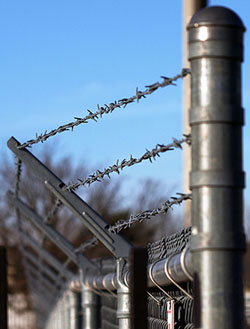
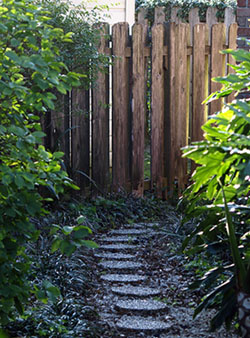



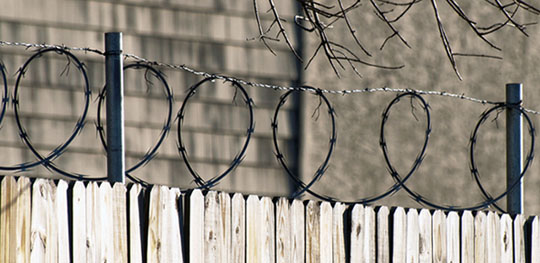
Photos by JHL